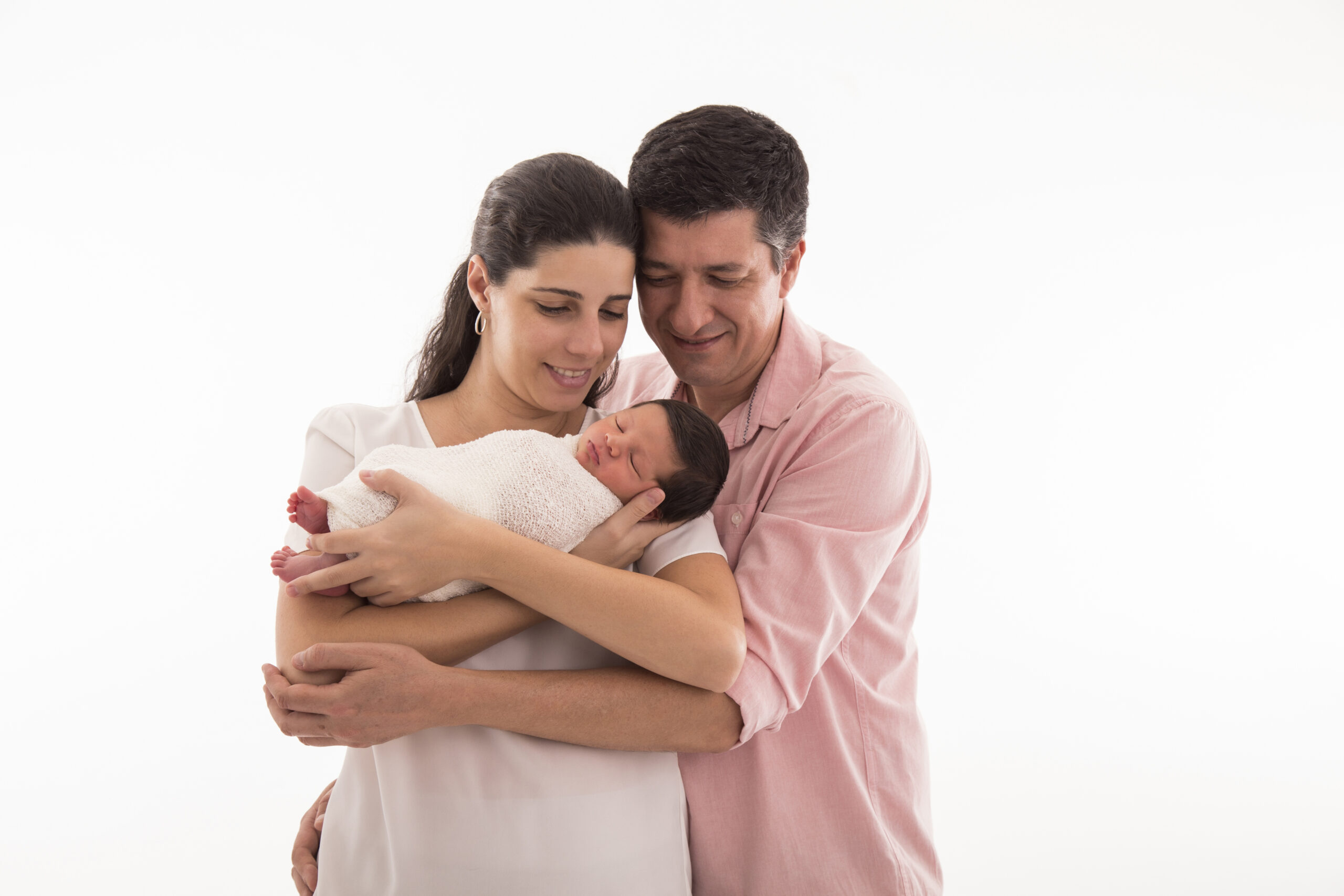Fertility is a deeply personal journey influenced by various factors, including lifestyle, genetics, and overall health. However, one of the most significant determinants is age. As individuals postpone starting a family for career aspirations, personal goals, or other commitments, understanding the impact of the biological clock on conception becomes crucial.
The Science Behind Age and Fertility
Fertility naturally declines with age, a phenomenon more pronounced in women than in men. Women are born with a finite number of eggs—approximately one to two million at birth. By puberty, this number decreases to about 300,000 to 500,000, with only a fraction viable for fertilization. As a woman ages, both the quantity and quality of her eggs decline, making conception more challenging and increasing the risk of miscarriage and chromosomal abnormalities, such as Down syndrome.
For men, fertility also declines with age, though more gradually. Sperm quality, motility, and volume decrease over time, and advanced paternal age has been linked to a higher risk of genetic mutations and developmental disorders in offspring.
Fertility by Age Bracket

1) In Your 20s: Peak Reproductive Years
This is the prime period for fertility. Women have the highest number of healthy eggs, and the chance of conception each month is around 25-30% with regular attempts. Miscarriage rates and chromosomal abnormalities are also at their lowest.
2) In Your 30s: A Gradual Decline
Fertility begins to wane, particularly after age 35. The probability of conception per cycle drops to around 15-20%, while risks of complications such as gestational diabetes and hypertension increase. Women over 35 also face a higher likelihood of miscarriage and chromosomal abnormalities.
3) In Your 40s and Beyond: A Challenging Phase
Fertility declines significantly in the 40s, with conception rates plummeting to 5-10% per cycle. Egg quality deteriorates further, and pregnancy complications become more prevalent. Assisted reproductive technologies (ART), such as in vitro fertilization (IVF), may be necessary, though success rates are lower than in younger age groups. By age 45, natural conception is rare.
4) Strategies to Preserve and Enhance Fertility
Although age-related fertility decline is inevitable, there are steps to optimize reproductive health and improve the chances of conception:
✅ Maintain a Healthy Lifestyle: Eating a nutrient-rich diet, exercising regularly, and avoiding smoking and excessive alcohol consumption can support fertility.
✅ Monitor Ovulation: Understanding ovulation cycles and tracking fertile windows can enhance the likelihood of conception.
✅ Consider Fertility Preservation: Women who wish to delay childbearing may explore egg freezing as a viable option to preserve reproductive potential.
✅ Seek Medical Guidance: If conception proves challenging after six months to a year (depending on age), consulting a fertility specialist can provide insights and potential treatments such as IVF, intrauterine insemination (IUI), or hormone therapy.
Conclusion
While advancements in reproductive medicine have expanded options for conception, age remains a key factor in fertility. Understanding its impact empowers individuals to make informed family planning decisions. Whether conceiving naturally or seeking assisted reproductive technologies, proactive fertility management can lead to better outcomes in the journey to parenthood.

